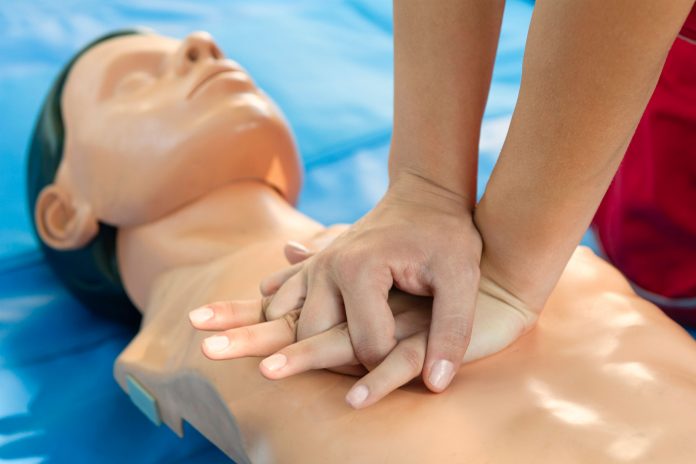Accidents and injuries happen daily. It’s part of life and it’s something we just don’t have control of. What we can control, though, is how we treat medical emergencies when they arise. When the unexpected event comes up, a simple phrase: Stop-Think-Act is a good idea to remember. It only takes a few seconds, but those few seconds, including your own, could save a life.
Related: Top 8 Deadly Plants in the U.S. – That You Need To Avoid
Stop – Don’t rush into a situation. Stop where you are and assess or observe the scene.
Think – If you risk your safety and put yourself into harm’s way; you won’t be doing anyone any good. Form an action plan that considers your safety as well as that of the injured parties.
Act – Call for help by calling 911 and alerting EMS or other needed emergency personnel. Proceed with assisting those in need.
Knowing the fundamentals of first aid is the next step of getting ready for everything before the ambulance comes of. All group members, from the youngest to the oldest; will have an idea of what they can safely do before paramedics or other assistance arrives. Here are 5 first aid skills ever senior should know and get proper training for.
Related: 10 Medical Home Emergencies and How to Treat Them
CPR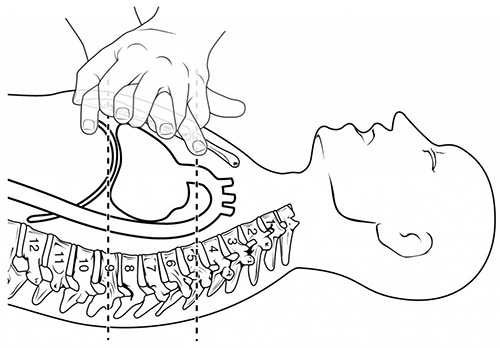
One of the most important life-saving skills a person can acquire is Cardiopulmonary resuscitation. A patient who is in cardiac arrest is treated with CPR. When in cardiac arrest, the heart of the person ceases beating, and the blood is no longer pumped to the brain and extremities. Damage and death will occur unless the heart is restarted or kept pumping before assistance arrives.
Two aspects of CPR include: rescue breathing and chest compressions. There is still some controversy on the need for rescue respiration and the pacing of chest compressions. It is necessary to consider that the patient can be injured by chest compressions, particularly older people who have bones that may be more fragile. Before prescribing CPR, it is advisable to receive training and certification from a practitioner because of the evolving recommendations.
Heimlich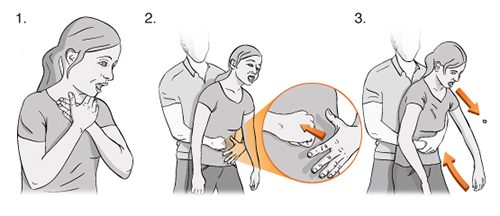
The Heimlich maneuver is a common way of supporting a patient who is choking. Before you start the maneuver, ask the person to nod if they are actually strangling on a foreign object – they might not be able to verbalize it, so ask for that nod.
Once it is determined they are choking, position yourself behind the patient.Wrap your arms around them, put your fist with your other hand wrapped around your fist between their belly button and their ribcage. Deliver a fast, sharp upward thrust, and continue to do so until the foreign object is dislodged and the patient can breathe. Note this is intended for adult patients. Regardless of their proportions infants and adolescents require different approaches.
Shock
When a human goes into shock, its brain doesn’t get enough oxygen to function. The patient appears to be pale and can seem disoriented. They might tell they feel dizzy and/or faint. Of several causes shock may occur: an accident, illness, blood and body fluid loss, an infection, or even an allergic reaction.
When shock symptoms appear, have the patient lie on their back with their feet raised up on a pillow or cushion. Do not allow them to drink something, as they can choke as they become more disoriented. When they seem to be coughing, or if they have blood or fluid flowing out of their mouth, turn them to one side immediately. It’s important to keep them warm, covering them with a blanket can help before emergency personnel arrive.
Stroke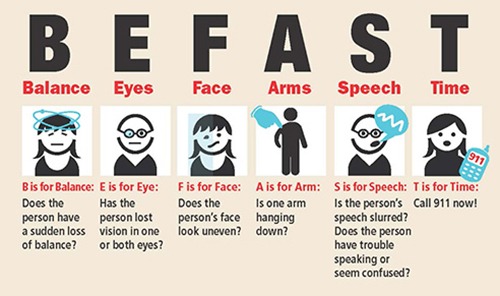
Anyone might get a stroke at any moment. Even though it’s usually considered the issue of an older adult, age isn’t the determining factor. It’s something even a baby will go through when a stroke happens when a blockage or small blood clot happens in a blood vessel that goes to the brain. Seconds count when blood containing a vital oxygen is drained of the brain.
Giving an aspirin to the patient while waiting for EMS can help open the blood vessels and veins to allow some oxygen to pass. Before doing this, be sure that they are not allergic to aspirin, or that it is not going to interact with medicines on which they are.
Stroke symptoms may occur immediately or slowly grow. May include:
- difficulty seeing out of one or both eyes
- disorientation and/or dizziness
- one side of the body drooping
- sudden numbness
- walking difficulties
You can determine if a person is experiencing a stroke by asking them to smile and noting if one side of their mouth is drooping. Another technique is to have them raise both arms together and see if one side is lower than the other, or they are uneven.
Wound Care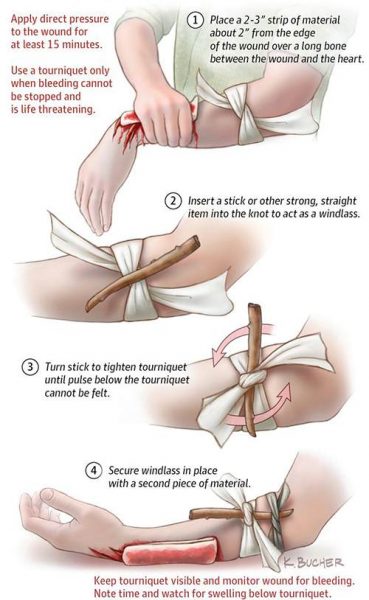
When a person is severely cut or bleededing heavily, it is critical to stop the bleeding. Blood clotting issues are popular for older patients and those on blood thinning medicines. Even a minor cut can become life-threatening if it can’t stop the bleeding.
Have the patient raise the wounded limb above the heart to help slow down the blood pressure to the area affected. For legs, have them lie down, placing the hurt leg on a cushion. Use a sterile bandage, clean cloths, or whatever you have at your disposal, directly put pressure on the wound.
Keep the pressure applied until the bleeding is completely stopped and before help arrives. If the material that you use gets soaked, do not remove it. Only apply more cloths or bandages over the top of the originals, while holding the wound under pressure. Never remove the pressure, as it may reopen the wound or increase the blood flow pressure to the area.
Knowing how to help someone in an emergency situation (or even yourself) is a skill that never goes to waste. To learn the basics from a trained professional, take a CPR or First Aid class. Education is available in almost every community in the country, sometimes at no cost. Just remember to keep yourself safe and out of the way of harm while helping others when you are faced with an emergency.


